Best Places to Walk, Hike and Jog in New Orleans
Where are the best places to walk, hike, and jog in New Orleans, a city famous for never-ending good times? When you’re ready to unplug from the ‘Let the Good Times Roll’ atmosphere, you’ll find that The Big Easy has no shortage of historical sites, jogging trails, nature centers, and walking paths.
Ready to find the best places to walk, hike, and jog in New Orleans? Nola Tour Guy has you covered. Here is your guide to the best trails in and around New Orleans:
Hiking fanatics will be excited to know that New Orleans has trails at every experience level. Here are just a few of our favorites-
Trail Length: Varies
Elevation Gain: Minimal
If the name rings a bell, that’s because the infamous pirate, Jean Lafitte, is also the namesake for a popular dive bar on Bourbon Street. This park is actually six separate sites dotted across Southeastern Louisiana, each with its own dedication. Here’s a quick breakdown of the best places to walk or hike in The Jean Lafitte Preserve of the park:
Barataria Preserve in Marrero: This twenty-three-thousand-acre wetland and wildlife preserve is best known for its dirt trails and boardwalk.
Trails to try at Barataria Preserve:
Palmetto Trail starts conveniently at the visitor center. This trail is on an ADU-friendly boardwalk, about a mile long and nicely shaded. Look for wetland wildlife such as alligators, snakes, turtles, and frogs from the safety of the raised path.
Palmetto trail ends at a second parking lot, from which you can access Bayou Coquille Trail, which heads straight down a flat path with intimate views of The Bayou. Dedicated picture-taking areas with informative signage will keep you entertained on the half-mile walk
Chalmette Battlefield and Chalmette National Cemetery (Chalmette): Once the site of the Battle of New Orleans in 1812, these days, the Chalmette Battlefield contains The Cemetery, reconstructed buildings, cannon replicas, reconstructed ramparts, the massive Chalmette Monument, and outdoor exhibits that explain the site’s history. Running from north to south of the battlefield, the ramparts are perfect for a sunny stroll amongst the reconstructed canons and the Rodriquez Canal. Informative signs and a monument at the end of the walk paint a vivid picture of the Battle of New Orleans.
Each of these sites offers free entry, and with so many options, Jean Laffite National Park and Preserve truly has walking and hiking options for everyone.
Trail Length: 2 miles
Elevation Gain: Minimal
The Mary Ann Brown Preserve consists of over one hundred acres of aged Beech and Magnolia trees and is home to some of Louisiana’s most exemplary animal and plant life.
One of the most popular trails at the preserve is the Mary Anne Brown Nature Walk, an easy hike that takes under an hour, great for families. As the trees provide much-needed relief from the punishing Louisiana sun, this well-maintained boardwalk is a great option year-round. Bonus: add an extra mile to your walk by taking the Outer Loop, a spur trail off the Mail Loop.
Once the site of a large sugar mill built in 1829, Fontainebleau State Park has a colorful past. Although the plantation fell into ruin, you can see what’s left on exhibit at the visitor center.
Near the visitor center, a pier running over the massive Lake Pontchartrain gets you closer to nature with minimal effort and is an ideal spot to catch the sunset.
Trails to try at Fontainebleau State Park:
Tammany Trace is a twenty-seven-mile trail repurposed from an old railroad track that makes a perfect walk, hike, or bike for nature lovers. Here you can spot more than four hundred species of birds, along with white-tailed deer, frogs, armadillos, and of course, Louisiana’s signature alligators. With so many ways to customize your route at Fontainebleau’s Tammany Terrace, this hike is fit for families or the experienced adventure seeker.
If you’re looking for shorter trails that are still packed with sights, try Northlake Nature Center Loop North, a two-mile hike through wetlands and pine forests, or The Sugar Mill Nature Center walk, a little flat trailhead that has some signage in the first portion.
Trail Length: 6.6 miles
Elevation Gain: Minimal
The siege of Port Hudson involved some of the bloodiest and most intense killings in the entire Civil War.
On July 9, 1863, after forty-eight days and thousands of deaths, the Union army won Port Hudson in what would be the most prolonged siege in American military history. After the siege, Port Hudson famously became a recruiting center for African American troops.
If you’re a fan of World War II history, The Port Hudson State Historic Park trail will be a winner. The scenic, easy walk takes an average of three hours to finish and treats you to artillery displays and two different observation towers.
Trail Length: 5.7 miles
Elevation Gain: Minimal
Only an hour and a half drive from New Orleans, Bogue Chitto State Park is a water lover’s dream! The name is derived from the Choctaw words ‘bok Chito,’ which means big creek, and we’d say that title is well-earned.
Choose to explore the mighty Bogue Chitto River or one of the eleven lakes in the park. This is the perfect spot to canoe, kayak, or tube on a day trip from New Orleans.
The Bogue Chitto State Park Gorge Run trail is seven miles of cypress swamps, hardwood forests, and some of the best hiking in driving distance of New Orleans. You can also take a private, guided horseback tour through the trail.
Trail Length: 5.5 miles
Elevation Gain: Moderate
Ready for some serious hills? The scenic Comite River Trail follows the Comite River through the ancient Cypress Bayou, with chances to see Louisiana wildlife such as alligators, snakes, turtles, and white-tailed deer.
Comite River Park is packed with amenities that many other New Orleans hiking options lack, such as picnic spots, a bicycle cleaning station, and bathrooms.
What are the best walks in New Orleans? There are infinite places to walk and jog, solo or with the whole family. Here are our favorite places to walk or jog in New Orleans-
Crescent Park is only a seven-minute walk from the French Quarter’s Jackson Square. This urban walkway runs about a mile and a half and is painted with breathtaking views of the New Orleans skyline against the Mississippi River.
These impressive scenes make Crescent Park one of the best places to see the sunset in New Orleans or just to watch the barges mosey down the Mississippi at any time of the day.
The Audubon Louisiana Nature Center describes itself as “a cherished community resource.” We find that to be pretty accurate. With over eighty acres of Spanish-moss-rich hardwood forest, The Audubon is one of New Orleans’s best-known walking and nature destinations.
In true Louisiana swamp style, the most popular option here is the boardwalk, which takes about an hour to complete and is handicapped-accessible.
The Adventure Trail is less maintained and closer to nature, running about an eighth of a mile one way, with an option to include the boardwalk. Perhaps the most family-friendly walk is the Discovery Trail, a primitive loop spanning about a third mil
Created in the late eighties on land that had once contained old wharves and warehouses, The Woldenberg Park is sixteen acres of trails and green space between The Mississippi River and The French Quarter.
The riverside path is decorated with sculptures and artwork, adding some New Orleans flair to your walk. Woldenberg Park’s intimate proximity to The French Quarter means a sharing of some of its festivities- to see an impromptu band busking during your jog wouldn’t be unheard of!
On your way to New Orleans’s famed City Park, stop and take in the views of the grand southern mansions peeking out from elder oak trees on Esplanade Avenue.
Esplanade was a crucial trade route between Bayou St. John and The French Quarter in its earlier days. It was regarded as a “millionaire’s row” similar to St. Charles Avenue in Uptown.
This section of Esplanade Avenue, from The Mississippi River to City Park, is a five-mile walk each way, mainly under the shaded protection of the oak trees. After passing by the famous cemetery, St. Louis No. 3, the path ends at the boundary of City Park.
We recommend that you opt for running or jogging in the neutral ground (essentially a median or an unpaved strip between two streets) that runs the entire length of Esplanade.
Hands down the most iconic green space in all of New Orleans, City Park is a can’t miss. This thirteen-hundred-acre park is about fifty percent bigger than New York’s Central Park and is truly a sight!
While you’ll find no shortage of trails to walk, hike, bike, or jog, City Park has more to see.
Carousel Gardens Amusement Park has eighteen rides plus two cafes, and The New Orleans Botanical Garden has over ten acres of perfectly curated gardens. For families, The Louisiana Children’s Museum has a full day of activities, or consider Storyland, a sculpture trail with oversized storybooks.
When you’re looking for some of the best bayou views with your City Park walk, you’re looking for Wisner Trail. Running between Bayou St John and Wisner Street, this trail follows an old waterway between Lake Ponchatrain and The Mississippi River that now serves as a popular green space.
Couturie is a hardwood forest located in City Park and is an absolute birder’s paradise, home to more than forty species. You’ll also find the highest point in New Orleans, Laborde Mountain, with a peaceful platform and a seating area made of wooden stumps.
The Couturie Forest and Arboretum boasts two popular trails: the one-mile Couturie Forest Trail and the half-mile Scout Island Trail.
The Lafitte Greenway is somewhat of a community staple. At just over two and a half miles, this bicycle and walking trail is conveniently located in the city’s heart, where it connects even the busiest of people in New Orleans to nature. The Greenway was repurposed from an abandoned railroad corridor in 2015.
Thanks to its utility of serving as a bridge between The French Quarter and much of the rest of the city of New Orleans including City Park, The Lafitte Greenway is a reliably well-maintained and heavily frequented trail.
Named after the neighborhood in which it’s located, this easy loop trail hugs the bayou for some classical southern Louisiana vibes. Located between Desaix Boulevard and Lafitte Avenue along both sides of Moss Street.
This loop takes a little over an hour to complete and is mostly flat but with little shade, making it perfect for a reflective early morning walk.
Interesting fact: The Bayous St. John has had a trail along its banks since before 1699 when Native Americans showed Bienville and Iberville the route to what would become New Orleans. French colonists also used this path in the late 1700s. The waterway was dug out was eventually extended to reach the back of the French Quarter.
If you’d like to walk among New Orleans’s opulent mansions and local boutique shops and eateries, skip straight to St. Charles Avenue.
Enjoy the shade of the handsome oak trees, and listen to the chimes of the St. Charles streetcar drifting by. You can also jog alongside locals on the Streetcar tracks, but keep an eye out for the streetcar. To learn more about the history and architecture of The Garden District, consider a tour.
Called The Fly by locals, Audubon River Park is just five miles from The French Quarter but feels like a relaxed backyard party worlds away.
New Orleans locals come to The Fly to kick back, pitch a Frisbee, have a picnic or crawfish boil, or enjoy walking along the river. This is the city’s laidback, southern sweet tea side, with all relaxation and no hustle and bustle.
Another water-lovers favorite, The Lakefront route, runs parallel to Lake Pontchartrain, along Lakeshore Drive.
Just over five miles long, The Lakefront passes The University of New Orleans, as well as Pontchartrain Beach, a former amusement park that was active from 1929 to 1983.
A guided tour is one of the best ways to fully experience a city as historically rich as New Orleans. Nola Tour Guy offers free self-guided walking tours of St Louis #3 and The Garden District and also “pay what you feel” guided walking tours from our passionate local guides.

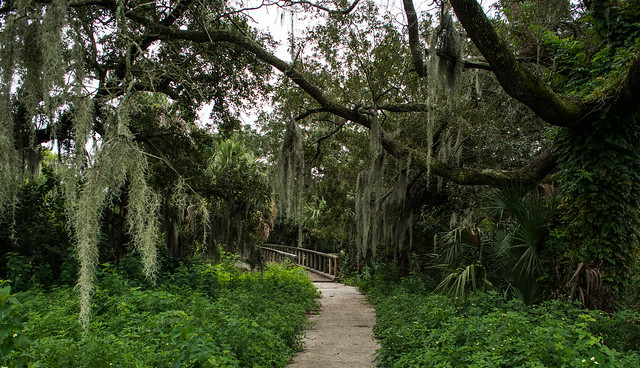
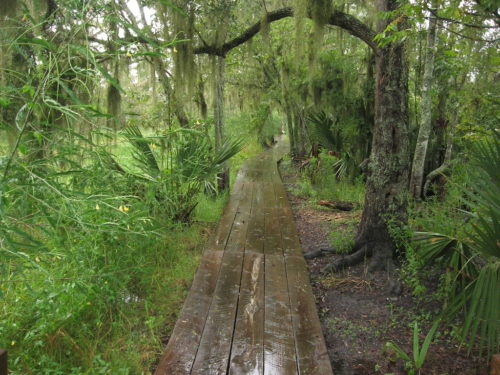
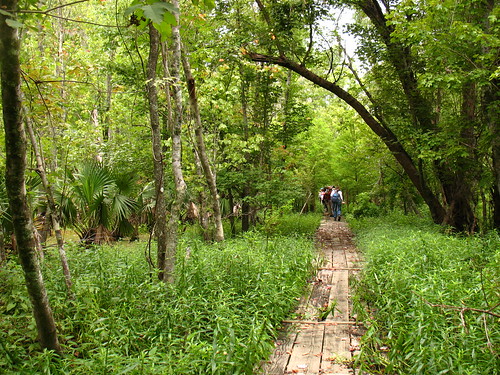
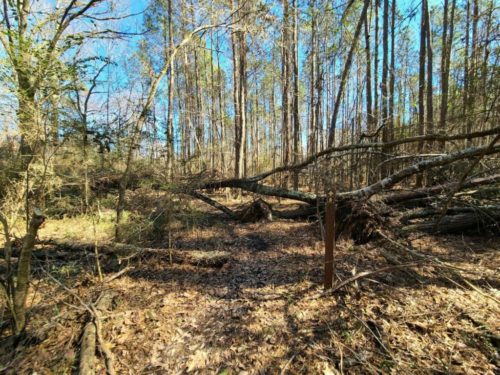
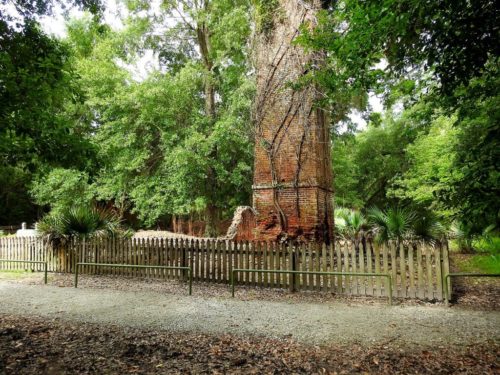
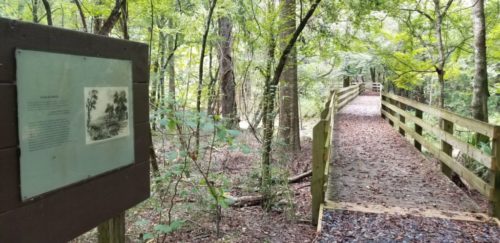
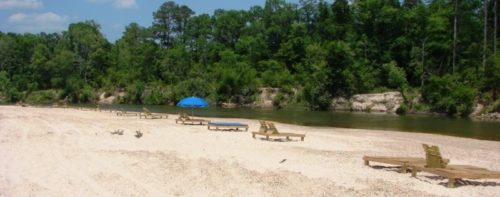
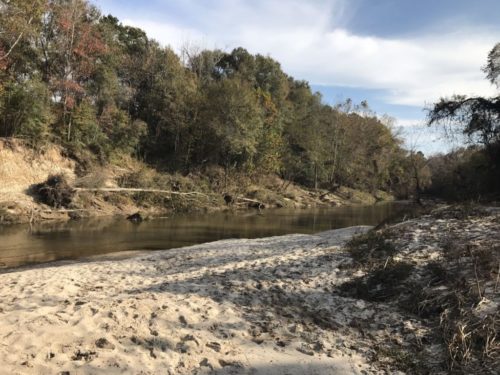
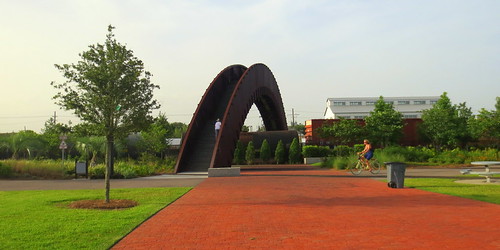
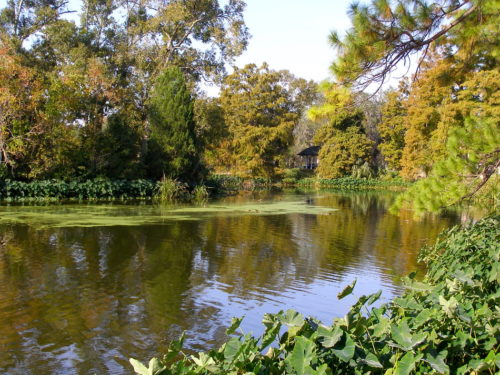

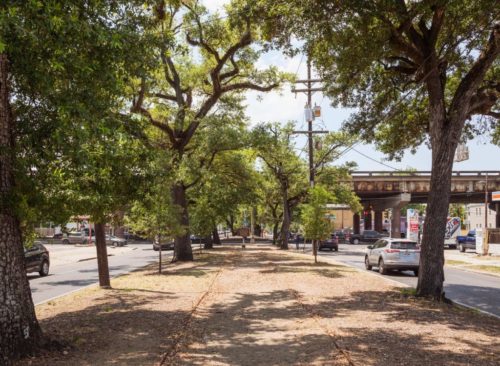
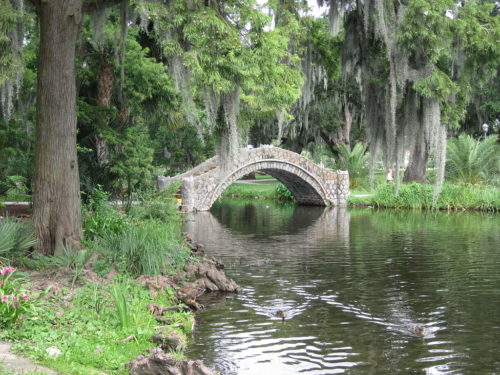
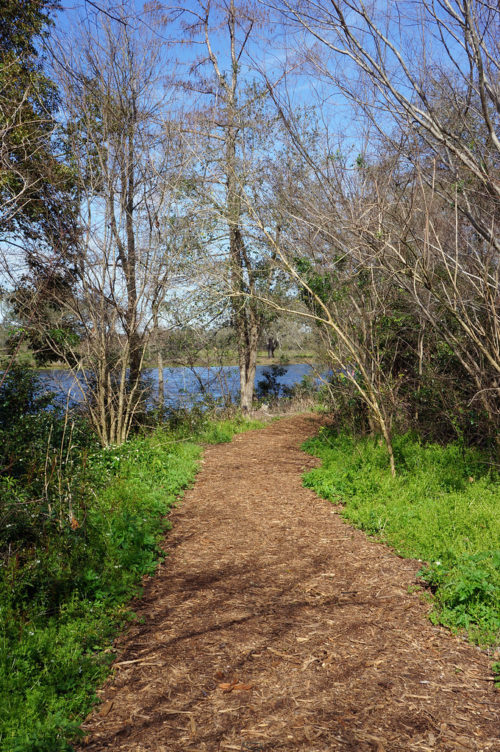
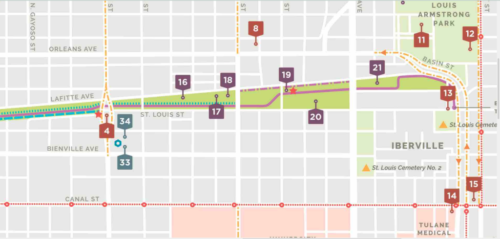
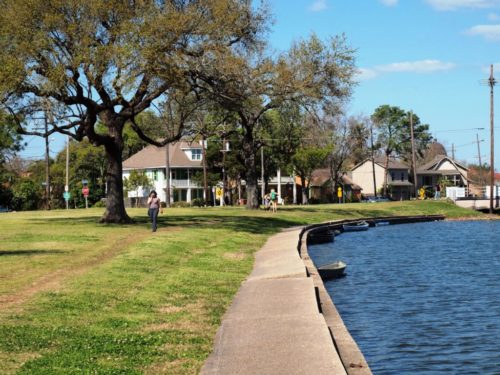
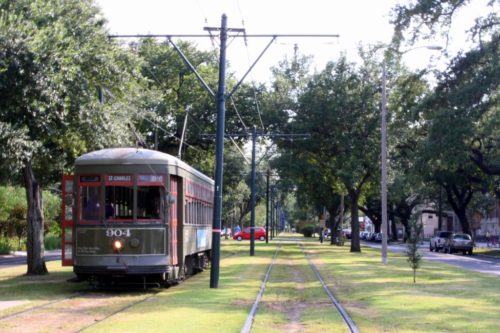
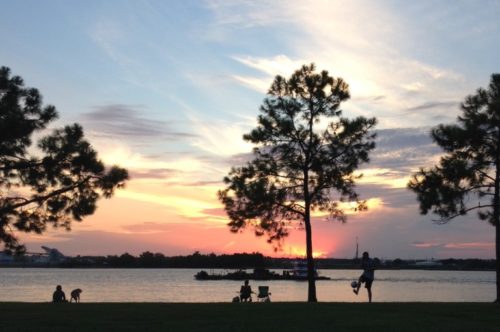
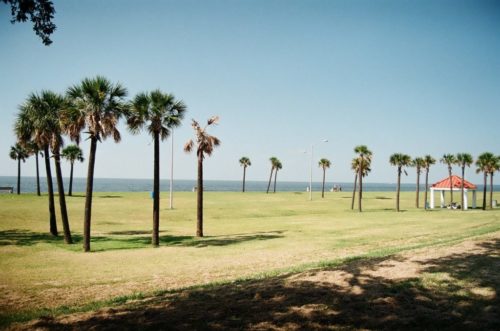
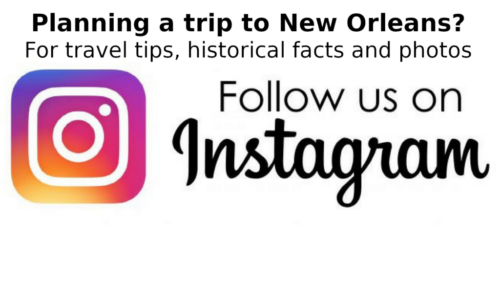
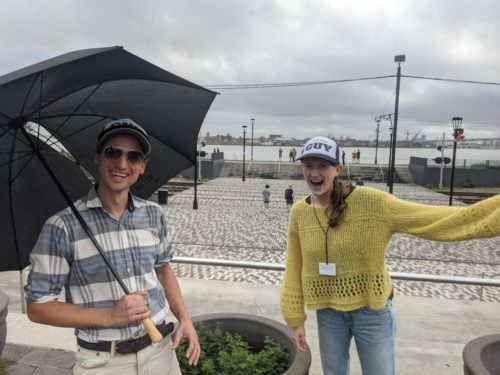
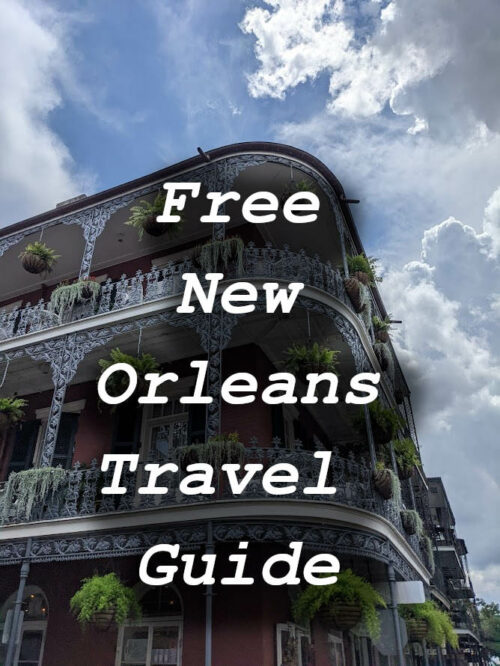




1 Comment